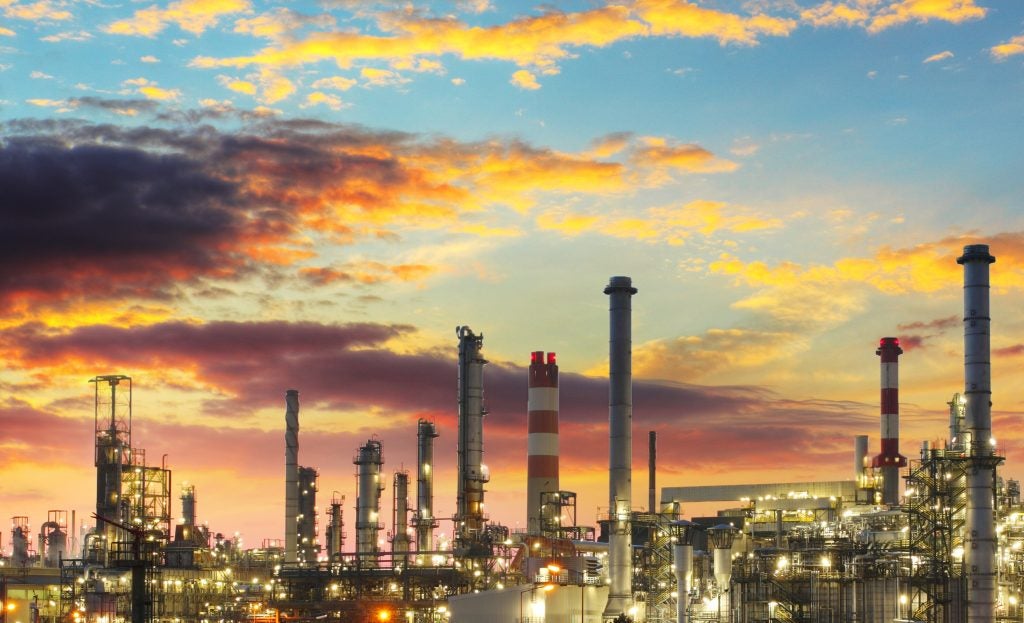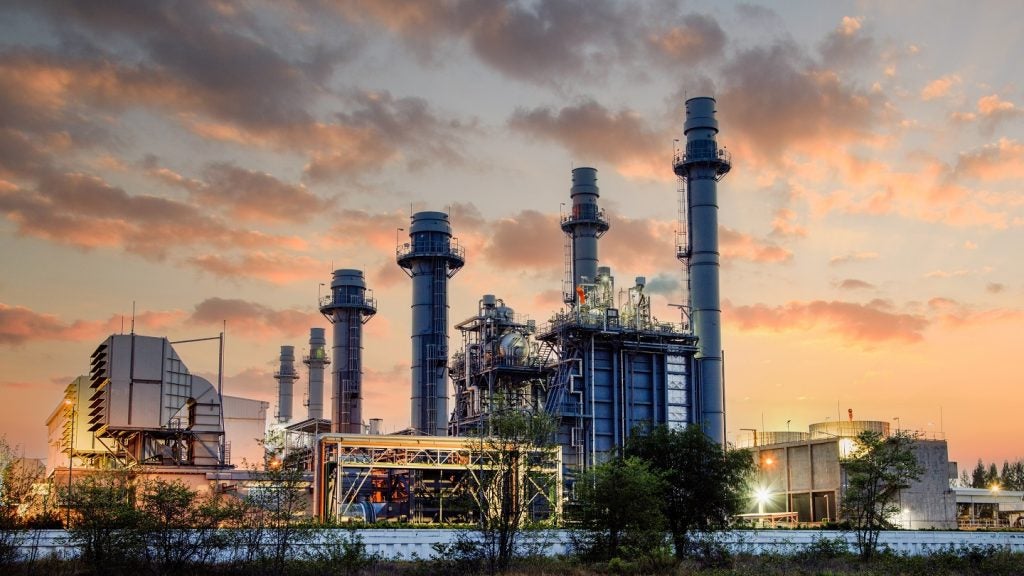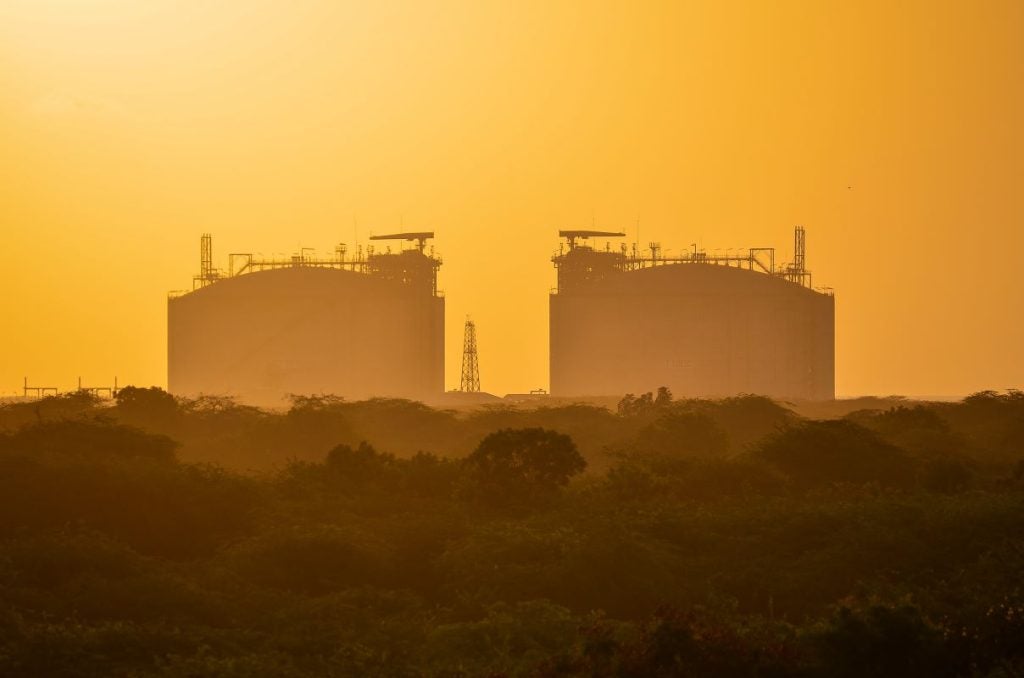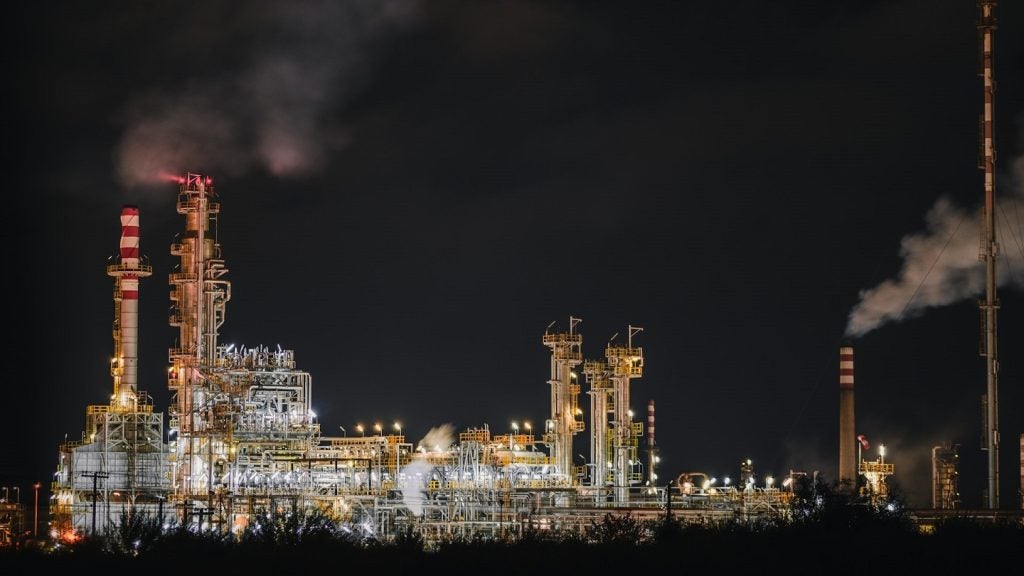HA is a conventional oil development located in shallow water in Nigeria and is operated by SPDC JV. According to GlobalData, who tracks more than 34,000 active and developing oil and gas fields worldwide, lies in block OML 77, with water depth of around 171 feet. Buy the profile here.
The project is currently in construction stage and is expected to start commercial production in 2024. The development cost is expected to be $1,600 m. The HA conventional oil development will involve the drilling of approximately nine wells and includes FSO, subsea tree, and wellhead platforms.
Field participation details
The field is owned by Eni, NNPC, Shell and TotalEnergies.
Production from HA
Production from the HA conventional oil development project is expected to begin in 2024 and is forecast to peak in 2026, Based on economic assumptions, the production will continue until the field reaches its economic limit in 2055.
Contractors involved in the HA conventional oil field
Some of the key contractors involved in the HA project as follows.
Design/FEED Engineering: Dar Energy Sdn
Other Contractors: Intecorr Consultancy Sdn
For more details on the HA Conventional Oil Field, buy the profile here.
Data Insights
From

The gold standard of business intelligence.
Blending expert knowledge with cutting-edge technology, GlobalData’s unrivalled proprietary data will enable you to decode what’s happening in your market. You can make better informed decisions and gain a future-proof advantage over your competitors.







